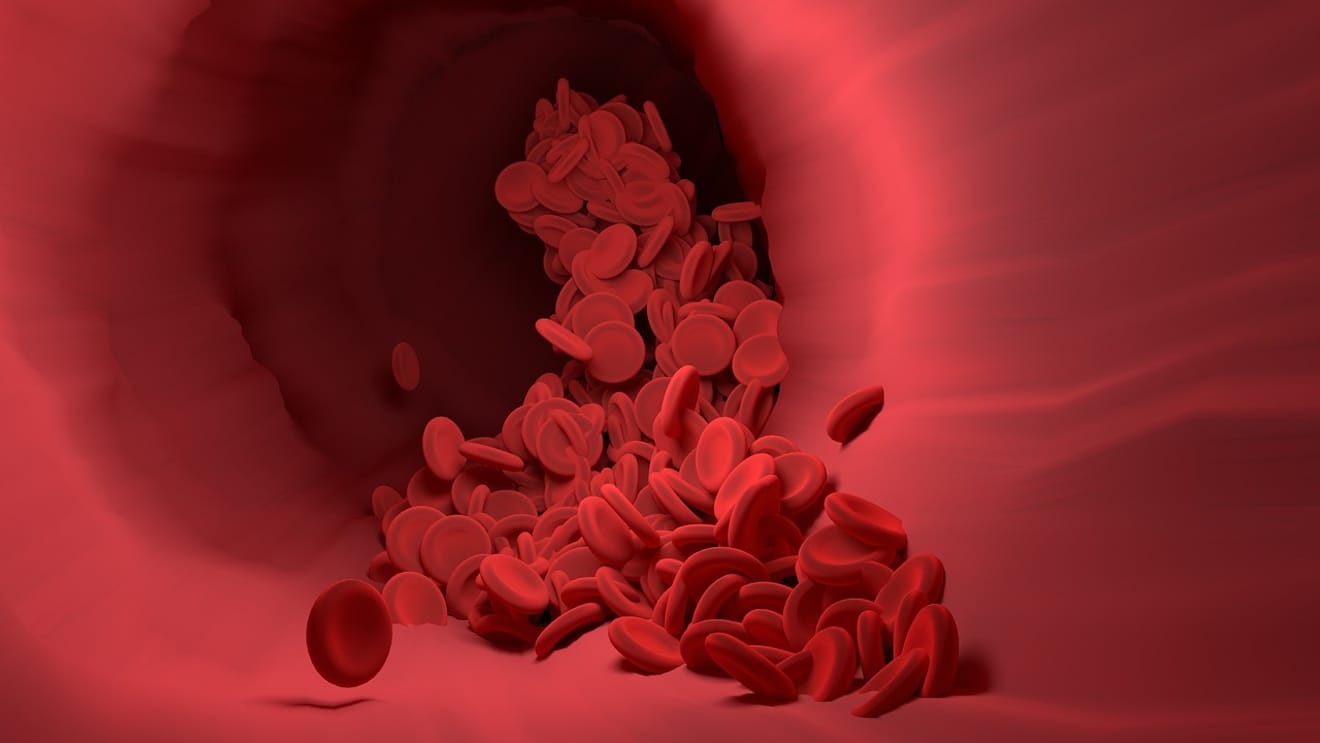Subject
- #Carotid Artery Hemorrhage
- #Prognosis
- #Treatment
- #Causes
- #Symptoms
Created: 2025-02-25
Created: 2025-02-25 20:00
**Carotid Artery Hemorrhage** refers to bleeding caused by damage to the carotid artery. The carotid artery is a major blood vessel that supplies blood to the brain through the neck, and bleeding from the carotid artery is considered a very dangerous condition. Carotid artery hemorrhage occurs due to damage or rupture of the blood vessel wall, which can causeacute bleedingleading to a serious situation. If carotid artery hemorrhage occurs and is not addressed quickly, it can become aserious life threat, especially if the bleedingcuts off the blood supply to the brain, which can lead tostroke, loss of consciousness, anddeath.

Carotid artery hemorrhage is a more serious condition than bleeding in other areas. Its characteristics are as follows:
1. Rapid Bleeding: Carotid artery hemorrhage occurs rapidly, and acute bleeding can threaten the patient's life. Especially if the carotid artery ruptures, massive bleeding can occur, requiring a quick response.
2. High-Risk Group: Since the carotid artery is the main blood vessel to the brain, if the bleeding affects the brain, it can causestrokeorintracerebral hemorrhage. This can cause serious problems such as decreased consciousness and loss of brain function.
3. Extent of Bleeding: The extent of bleeding varies depending on the degree of carotid artery damage, ranging from temporary bleeding to massive bleeding. Also, bleeding canbe expelled externally or accumulate internally, requiring appropriate treatment.
4. Various Causes: The causes of carotid artery hemorrhage include traumatic causes, pathological causes, and surgical causes. The treatment method also varies depending on the cause of the bleeding.
The main causes of carotid artery hemorrhage are as follows:
1. Trauma: Trauma is one of the most common causes of carotid artery hemorrhage. A strong impact to the neck area from traffic accidents, sports injuries, falls, etc., can damage or rupture the carotid artery. Bleeding due to trauma can occur when the carotid artery wall is torn or ananeurysmruptures.
2. Arteriosclerosis: Arteriosclerosis(Arteriosclerosis) causes the inner walls of blood vessels to thicken and harden, making them easily damaged. This can cause damage to the carotid artery wall, leading to bleeding. Arteriosclerosis is associated with hypertension, hyperlipidemia, and diabetes.
3. Vasculitis: Vasculitisis inflammation of the blood vessels. If inflammation occurs in multiple blood vessels, including the carotid artery, the blood vessel walls weaken, causing bleeding. This can damage the blood vessel wall and cause bleeding.
4. Surgical Complications: Bleeding can occur after carotid artery surgery, especially aftercarotid endarterectomyorstent placement. Problems with the blood vessels after surgery can cause bleeding, or the vessels may weaken and rupture.
5. Aneurysm: If there is ananeurysm(Aneurysm) in the carotid artery, the blood vessel wall abnormally expands and weakens, eventually rupturing and causing bleeding. Aneurysms can be congenital or acquired due to hypertension or arteriosclerosis.
6. Bleeding Disorders: If there is a problem with blood clotting, such ashemophiliaormedication(anticoagulants), bleeding can easily occur. In this case, if bleeding occurs in the carotid artery, it can become a difficult situation to control.
The symptoms of carotid artery hemorrhage vary depending on the amount and location of bleeding. The main symptoms are as follows:
1. Neck Pain: If carotid artery hemorrhage occurs,neck painmay occur. Pain occurs in the area where the bleeding occurred, and this pain may worsen.
2. Headache: If the blood flow to the brain is blocked due to carotid artery hemorrhage,headachemay occur. Especially if the bleeding is severe, the headache can be excruciating.
3. Dizziness and Fainting: If blood circulation is not smooth due to bleeding,dizzinessorfaintingmay occur. Massive bleeding can cause a rapid drop in blood pressure, leading to fainting.
4. Visual Disturbances: If there is insufficient blood flow to the brain due to carotid artery hemorrhage,visual impairmentorblurred visionmay occur.
5. Difficulty Breathing: Due to bleeding,difficulty breathingmay occur. Especially in cases of significant or severe carotid artery hemorrhage, blood can interfere with blood flow and affect breathing.
6. Signs of Bleeding: If carotid artery hemorrhage is externally expelled, signs of bleeding may appear in the neck area. In this case,swelling or bruising of the neckmay occur.
Carotid artery hemorrhage is an emergency that can threaten life, so prompt treatment is necessary. Treatment methods vary depending on the cause and severity of the bleeding, and are generally divided intoconservative treatmentandsurgical treatment.
1. Conservative Treatment:
2. Surgical Treatment:
3. Endoscopic Treatment: Some carotid artery hemorrhages can be treated minimally invasively using an endoscope. This method can be useful for hemostasis while visually confirming the bleeding site in real time.
The prognosis of carotid artery hemorrhage depends on the cause, size, location of the bleeding, and the timing and method of treatment. If the bleeding is large and occurs rapidly,serious complicationsordeathcan occur. However, if treatment is received quickly, recovery is possible, and the long-term prognosis can be relatively good.
Prognosis:
Management Methods:
Comments0